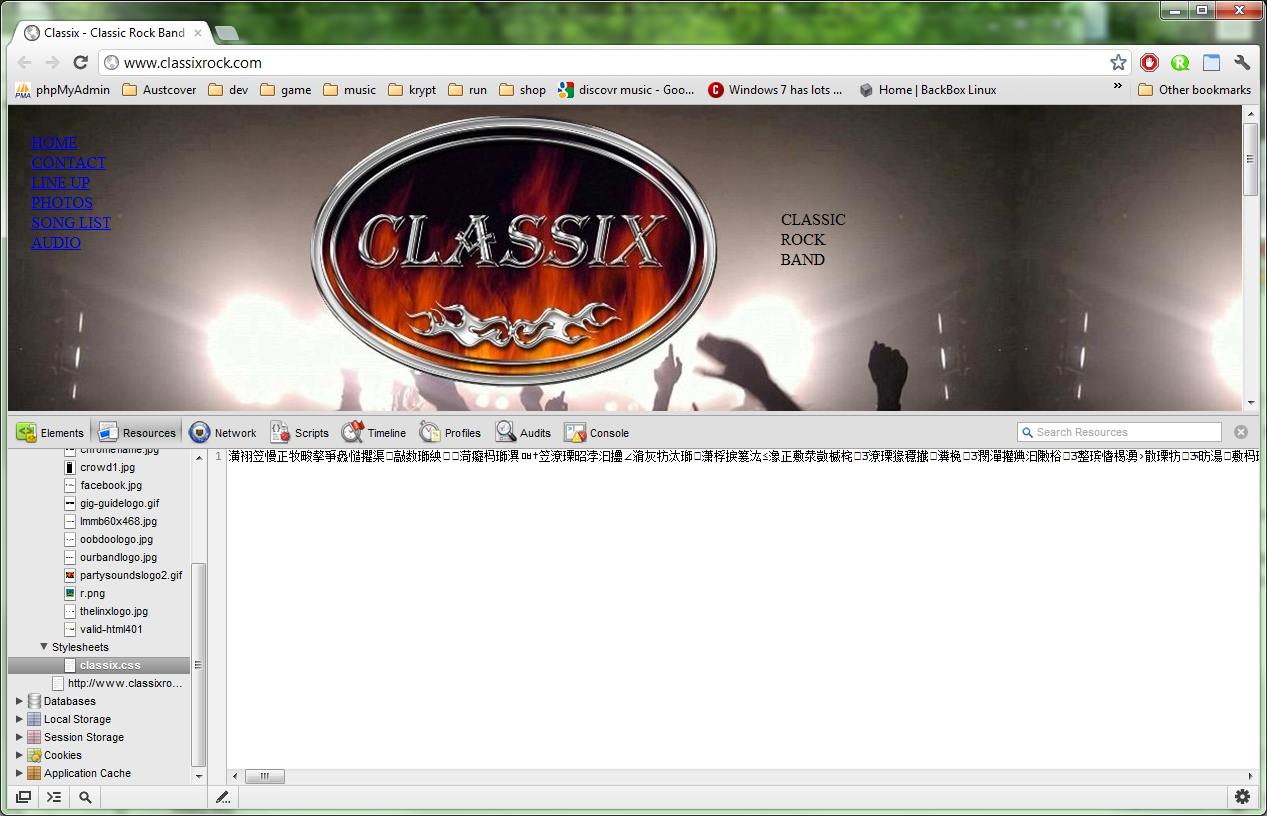Are you typing into this textbox or setting it programatically? If typing, then the event would be triggered for every key press, and thus you will experience multiple successive postbacks.
If any other function/event occuring is changing the text in code on PostBack, it could be triggering an additional postback from that event as well.
Just food for thought.
